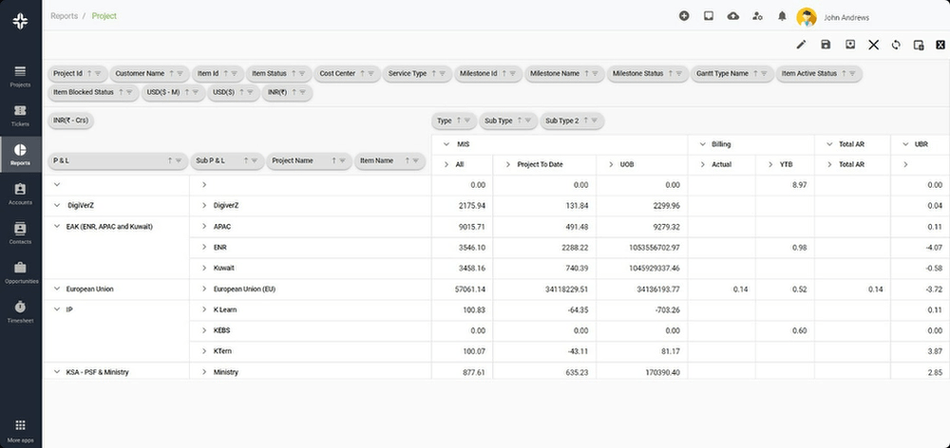Home » PSApedia
Average project duration
Calculate Success with Average Project Duration Insights and improve Efficiency.

Introduction to Average Project Duration
Average Project Duration (APD) represents the average time taken for a project or set of projects to reach completion. Especially in the context of Professional Service Automation (PSA), it’s a vital metric.
PSA, which involves automating tasks and processes for professional services organizations, often relies on precise durations for planning and resource allocation. The efficiency of project management directly ties to the insights drawn from APD.
Importance of Average Project Duration
Understanding APD is crucial for several reasons:
1. Resource Management: Efficient resource management revolves around how well an organization can allocate its resources. Knowing the APD aids in planning and prevents resource bottlenecking.
2. Client Expectations: Delivering projects on time ensures client satisfaction. An accurate APD helps set realistic client expectations.
3. Financial Planning: Financial strategies in project management depend on timely project completions. A prolonged project can incur more costs.

Importance of Average project duration
Calculating Average Project Duration
Formula:
APD = Total Duration of All Projects / Number of Projects
Example:
Let’s consider a IT company using project management In a given quarter, they undertook five projects:
1. Project A: 10 days
2. Project B: 12 days
3. Project C: 8 days
4. Project D: 15 days
5. Project E: 10 days
Using the formula:
APD= (10+12+8+15+10)/55=55/5=11 days
Thus, their APD for the quarter is 11 days.
Average Project Duration vs Project Life Cycle
- Definition: While APD reflects the mean completion time of projects, the Project Life Cycle embodies all phases of a project from initiation to closure.
- Application: APD offers insights for planning and resource allocation, whereas the Project Life Cycle provides a comprehensive view of the project management process.
- Flexibility: APD can change based on past projects and their durations, while a Project Life Cycle remains relatively constant, dictated by set processes and stages.
| Parameter | Average Project Duration | Project Life Cycle |
|---|---|---|
| Definition | Refers to the typical time taken for similar projects to complete from start to finish. | Describes the phases or stages a project goes through from initiation to closure. |
| Nature | Quantitative: Measured in time units like days, weeks, or months. | Qualitative: Describes the sequence and progression of activities, often not time-specific. |
| Usage | Helps in forecasting and benchmarking for similar future projects. | Helps in understanding and managing all aspects of a project from start to finish. |
| Components | Typically consists of a single time frame. | Consists of multiple phases like initiation, planning, execution, monitoring & controlling, and closure. |
| Factors influencing | Depends on project type, complexity, resources, etc. | Depends on the nature and type of project, industry standards, and organizational needs. |
| Focus | Concentrates on how long a project might take. | Concentrates on what needs to happen at each stage of a project. |
Application of Average Project Duration
1. Resource Allocation: As projects get mapped out, APD aids in resource allocation, ensuring the right number of resources are assigned at the right times.
2. Client Billing: Timesheet and billing software rely on accurate project durations for invoicing.
3. Financial Forecasts: By knowing the APD, finance teams can better predict cash flow and revenue, making use of platforms like KEBS’s finance management.
4. Performance Metrics: APD serves as a KPI, assisting teams in understanding if they are improving in efficiency over time.
Ready to Enhance your Average Project Duration?
With KEBS, organizations can optimize their APD in multiple ways:
- Automated Time Tracking: KEBS tools ensure accurate time recording, providing clearer insights into project durations.
- Project Analytics: Dive deep into projects to understand delays and streamline processes using insights from KEBS project management analytics.
- Resource Management: KEBS resource management software ensures optimal resource allocation, which can significantly influence APD.
- Collaboration Tools: Efficient communication can reduce project delays. KEBS facilitates effective communication and collaboration.

KEBS Project Management
Want to optimize your project durations further? Contact us or get a demo of KEBS PSA solutions to enhance your project management strategy!



